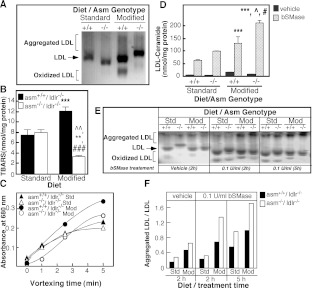Figure 3. LDL biophysical properties and susceptibility to modifications.
LDL particles were isolated by sequential ultracentrifugation from sera of asm−/−/ldlr−/− [labelled with (−/−)] and asm+/+/ldlr−/− [labelled with (+/+)] mice placed on either standard or modified diet for 10 weeks (3–5 animals per group). (A) Electrophoretic mobility of LDL particles (10 μg of protein per lane) in 1.8% agarose gel visualized by Coomassie Brilliant Blue staining. (B) Oxidation of LDL assessed by measuring TBARS. Results are means±S.D. of triplicate measurements. Statistical significance was analysed by two-way ANOVA followed by Bonferonni post-hoc test. The results of the Bonferonni post-hoc test with respect to the diet (**P<0.01), genotype (∧∧P<0.01) as well as the genotype/diet interaction effect from two-way ANOVA (###P<0.001) are shown. (C) Turbidity assay of LDL aggregation. Changes in absorbance were monitored at 680 nm at the indicated times. (D) TLC/HPLC determination of the increase in LDL ceramide content following treatment with bSMase (0.5 unit/ml). The increases in ceramide content due to bSMase treatment were analysed for statistical significance using two-way ANOVA and Bonferonni post-hoc test with respect to diet and genotype. The results of the Bonferonni test with respect to the diet (**P<0.01 and ***P<0.001) and genotype (∧P<0.05 and ∧∧P<0.01) are shown. (E) Effect of bSMase treatment on the electrophoretic properties of LDL particles (10 μg of protein) in 1.8% agarose gel visualized by Coomassie Brilliant Blue staining. Representative results from at least three independent experiments, including three different isolations of LDL, are shown. Std, Standard; Mod, modified. (F) Quantification of the results shown in (E).

